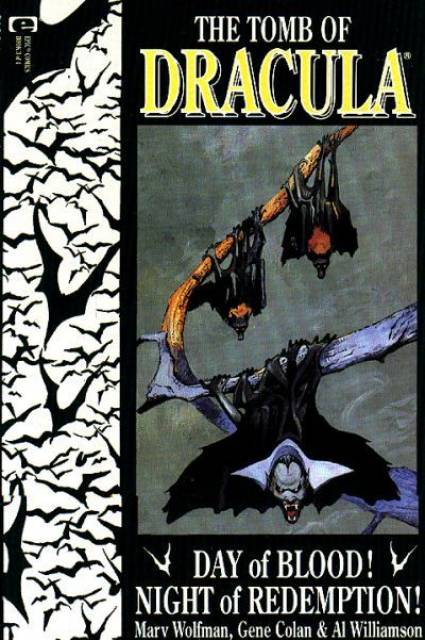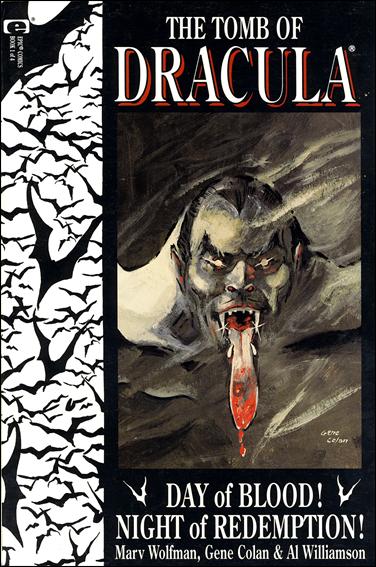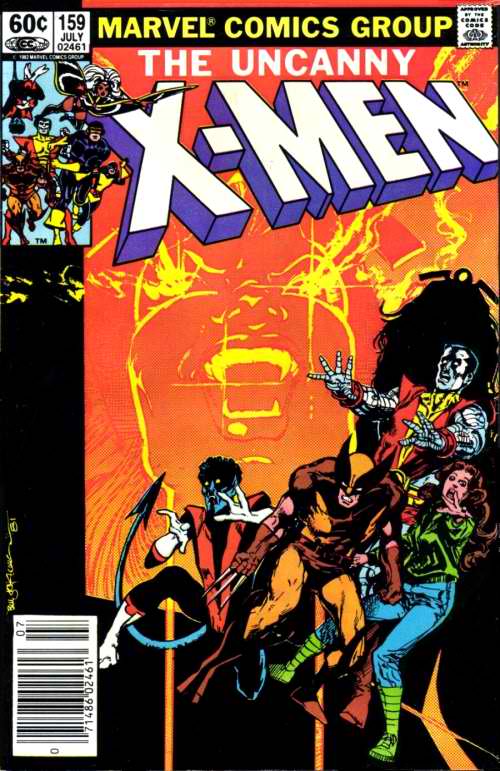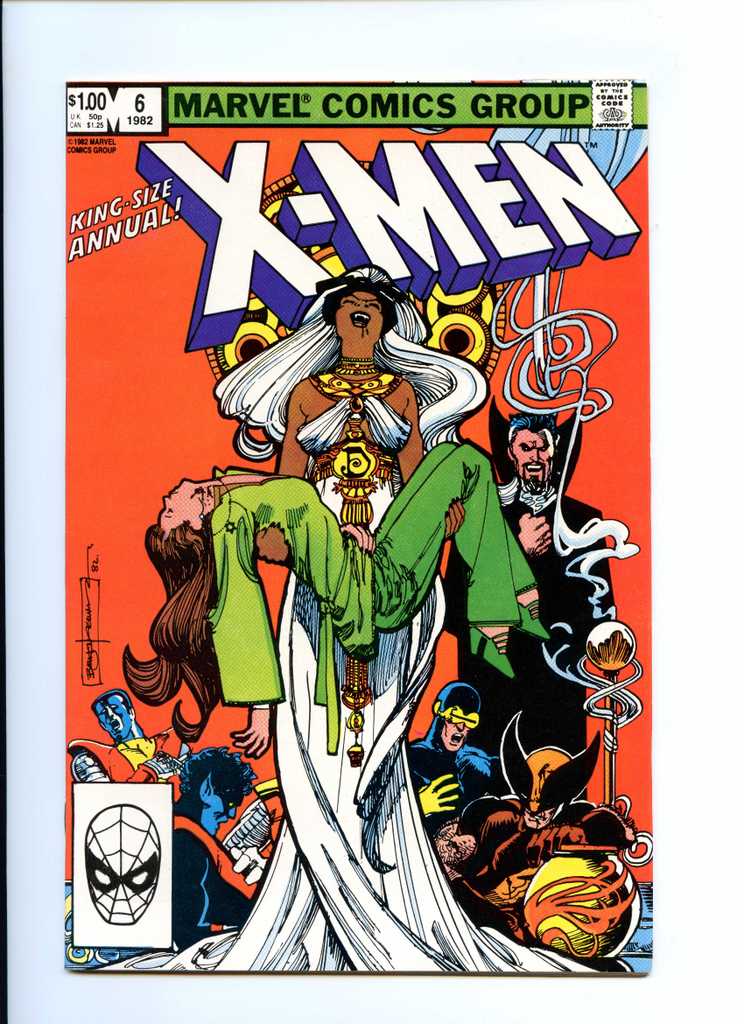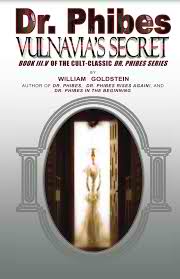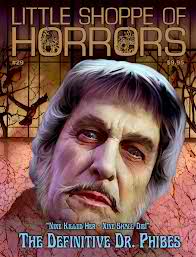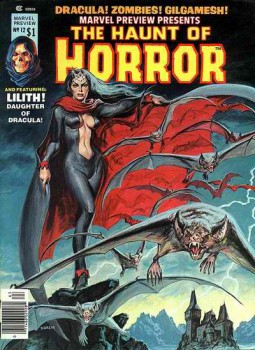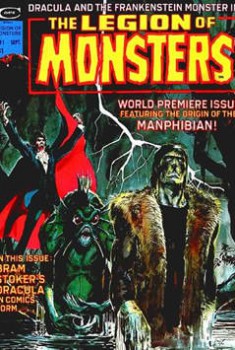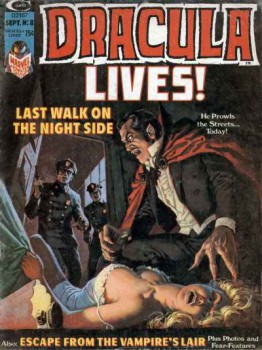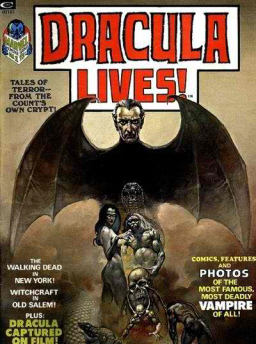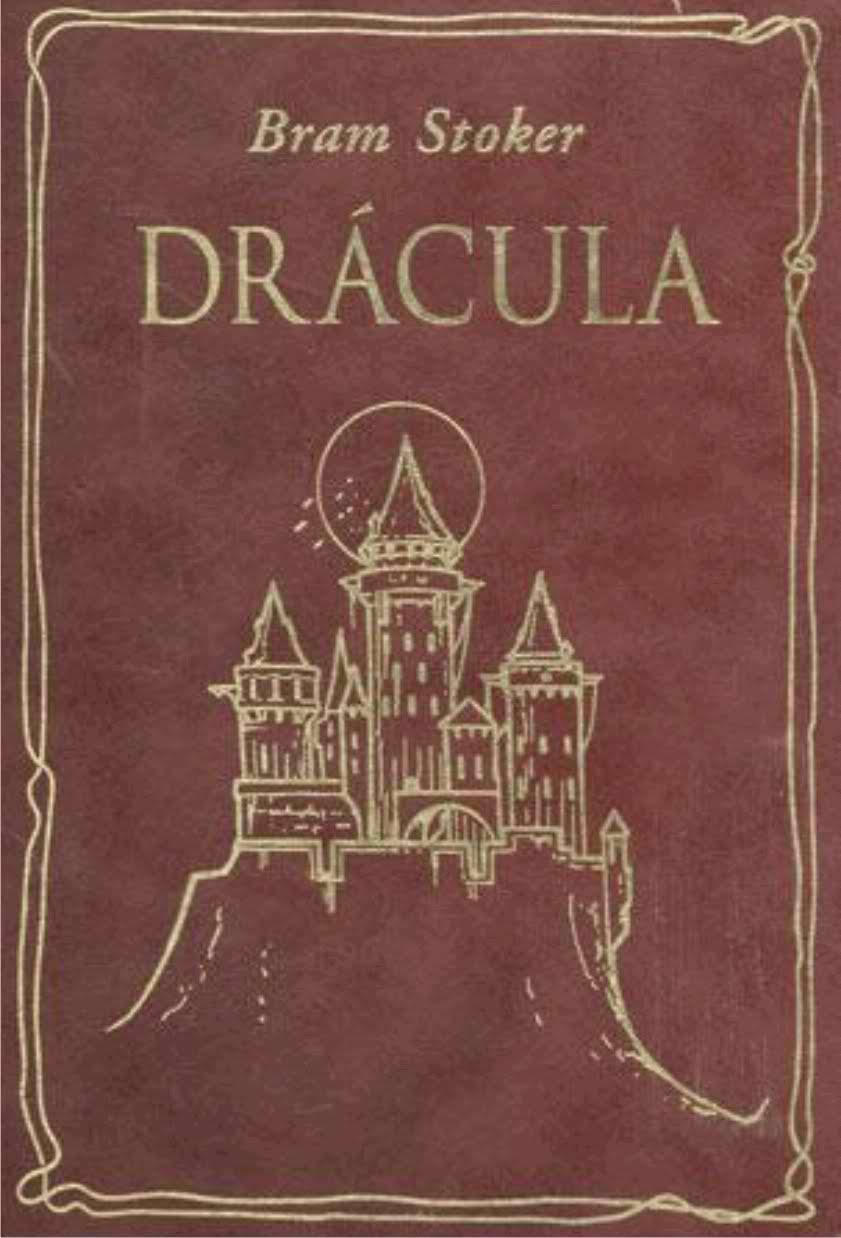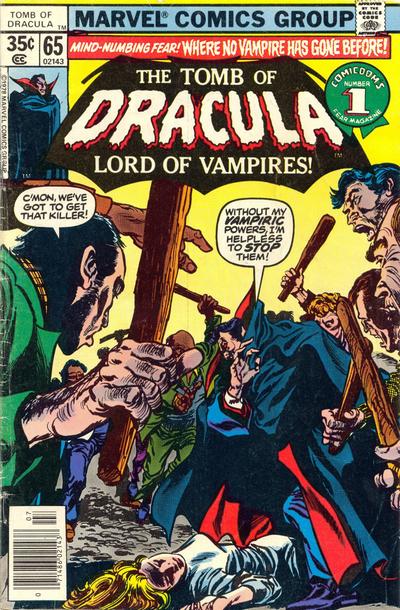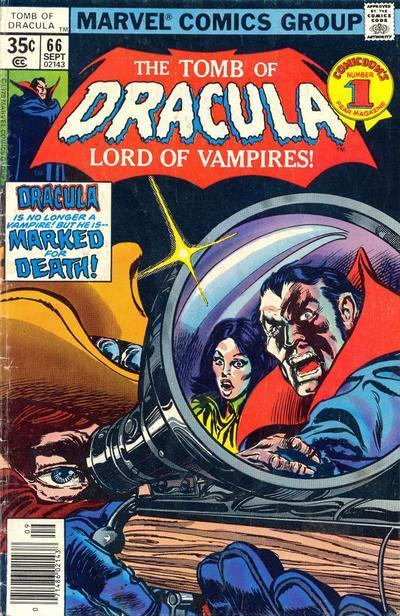A Return of Pacesetter RPG Style Horror
You are about to enter the world of CHILL, where unknown things sneak, and crawl, and creep, and slither in the darkness of a moonless night. This is the world of horror, the world of the vampire, ghost, and ghoul, the world of things not known, and best not dreamt of. CHILL is a role-playing game of adventure into the Unknown and your first adventure is about to begin — CHILL Introductory Folder
 In 1984, a group of former TSR Employees that included Mark Acres, Troy Denning, and Stephen Sullivan formed Pacesetter Ltd. Games and ambitiously published four role playing games: Chill, Timemaster, Star Ace, and Sandman. The rights to these games now belong to a diverse list of small publishers. Phil Reed owns the rights to Star Ace, Goblinoid Games own the rights to Timemaster and Sandman (as well as the Pacesetter brand), and Mayfair Games owns the rights to Chill.
In 1984, a group of former TSR Employees that included Mark Acres, Troy Denning, and Stephen Sullivan formed Pacesetter Ltd. Games and ambitiously published four role playing games: Chill, Timemaster, Star Ace, and Sandman. The rights to these games now belong to a diverse list of small publishers. Phil Reed owns the rights to Star Ace, Goblinoid Games own the rights to Timemaster and Sandman (as well as the Pacesetter brand), and Mayfair Games owns the rights to Chill.
Chill wasn’t the first horror role playing game, nor is it considered the best by the majority of gamers. However, it has long held a place as a “cult” favorite in the role playing game world. While it is a cult favorite, that cult status has not enabled it to garner a reprint in recent years. In 2009, Otherworld Creations attempted to do a Fundable campaign (a Kickstarter before Kickstarter was cool) and failed to raise the necessary money to do a new edition.
Chill was different from other horror role playing games that often sought to capture the dark nihilistic material horror of H.P. Lovecraft or turned monster-hunting into an action movie. Chill tried to capture the tone of Hammer and AIP productions. Because of this four-color focus, and I believe also because its creators were former TSR employees, Rick Swan reviewed the game quite negatively in Dragon magazine and in his Complete Guide to Role-Playing Games. Swan wrote that the game was:
A horror game for the easily frightened… While most of Chill‘s vampires, werewolves, and other B-movie refugees wouldn’t scare a ten-year-old, they’re appropriate to the modest ambitions of the game… Chill is too shallow for extended campaigns, and lacks the depth to please anyone but the most undemanding players. For beginners only.
